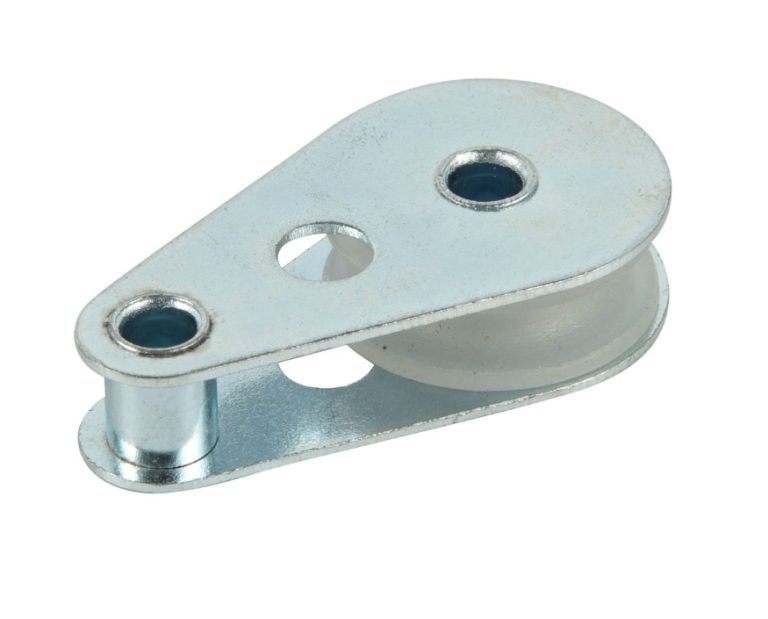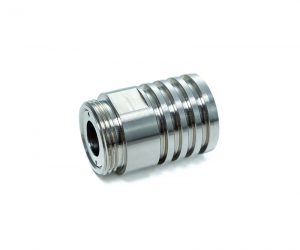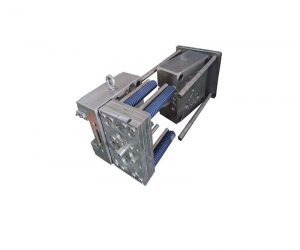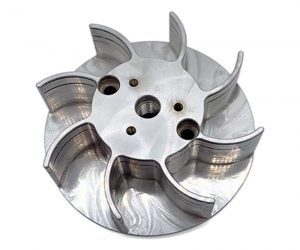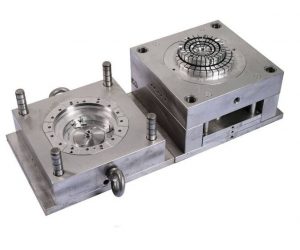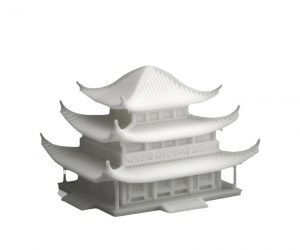Precision stamping is a manufacturing process that has revolutionized the way industries produce intricate metal components. By utilizing specialized dies and stamps, precision stamping transforms metal sheets into desired forms with remarkable accuracy and efficiency. This technique has become a cornerstone in modern manufacturing, offering cost-effective solutions for producing complex parts across various sectors. This article will delve into the fundamentals of precision stamping, its key benefits, and its diverse applications in the manufacturing industry.
I. Introduction to Precision Stamping
Definition and Overview
Precision stamping is a metalworking process that involves the use of dies and presses to shape, cut, or form metal sheets into specific components. The process relies on high-precision tools and machinery to achieve tight tolerances and consistent quality. Unlike traditional metalworking methods, precision stamping can produce complex geometries and intricate designs with minimal material waste.
Historical Background
The origins of precision stamping can be traced back to the early 20th century when the industrial demand for mass-produced metal components began to rise. The development of advanced tooling e machinery allowed manufacturers to create parts with greater accuracy and at a faster pace. Over the years, technological advancements in materials science, computer-aided design (CAD), and automation have further enhanced the capabilities of precision stamping, making it a vital process in modern manufacturing.
Basic Principles
At its core, precision stamping operates on the principles of force, material deformation, and tool design. The process begins with a metal sheet, which is placed between a die and a punch. When the press applies force, the metal is deformed or cut according to the shape of the die. The precision of the process is determined by the accuracy of the tooling, the consistency of the material properties, and the control of the press.
II. Process and Techniques
of Types Stamping Machines
Precision stamping relies on various types of machines, each designed for specific applications. Mechanical presses use a flywheel and clutch system to generate force, offering high speed and repeatability. Hydraulic presses, on the other hand, provide more consistent force and are ideal for deep drawing operations. Additionally, servo-driven presses offer precise control over speed and force, making them suitable for complex stamping tasks.
Material Selection
The choice of material is crucial in precision stamping. Commonly used materials include steel, aluminum, copper, and various alloys. Each material has unique properties that affect its formability, strength, and cost. For instance, steel offers high strength and durability, while aluminum provides lightweight and corrosion-resistant characteristics. The selection of material depends on the specific requirements of the final product, such as its intended use, environmental conditions, and performance criteria.
Tool and Die Design
The success of precision stamping hinges on the design of the tools and dies. These components must be engineered to achieve the desired part geometry while maintaining high accuracy and durability. Modern tool and die design often involves the use of CAD software, which allows engineers to simulate the stamping process and optimize the tool design for maximum efficiency. Materials such as tool steel and carbide are commonly used for dies due to their hardness and wear resistance.
Stamping Operations
Precision stamping encompasses a variety of operations, each serving a specific purpose. Punching involves creating holes or openings in the metal sheet, while blanking cuts out the desired shape from the material. Coining is a process that uses high pressure to create precise, flat surfaces or embossed features. Other operations, such as bending and drawing, further shape the metal into complex forms. The combination of these operations allows manufacturers to produce a wide range of components with details intricate.
III. Benefits of Precision Stamping
High Accuracy and Precision
One of the primary advantages of precision stamping is its ability to achieve extremely tight tolerances. Advanced tooling and machinery ensure that each component is produced with high consistency and accuracy. This level of precision is essential for industries such as aerospace and medical devices, where even minor deviations can have significant consequences.
Costo-efficacia
Precision stamping offers significant cost savings compared to other manufacturing methods. The process is highly efficient, allowing for high production volumes with minimal material waste. Additionally, the use of automated machinery reduces labor costs and increases productivity. The ability to produce complex parts in a single operation further enhances the cost-effectiveness of precision stamping.
Scalability and Efficiency
Precision stamping is highly scalable, making it suitable for both small-scale prototyping and large-scale production. The process can be easily adjusted to meet changing demand levels, allowing manufacturers to respond quickly to market needs. Furthermore, the integration of automation and advanced control systems ensures consistent quality and high throughput, making precision stamping an efficient solution for modern manufacturing.
Material Savings
Another key benefit of precision stamping is its ability to minimize material waste. The process uses only the necessary amount of material to produce the desired component, resulting in significant savings. This is particularly important for industries that use expensive materials, such as aerospace and electronics, where material costs can be a significant factor in overall production expenses.
IV. Applications in Manufacturing
Automotive Industry
The automotive industry is one of the largest consumers of precision-stamped components. From engine parts and transmission components to body panels and interior parts, precision stamping plays a vital role in the production of vehicles. The process allows manufacturers to produce high-quality parts with tight tolerances, ensuring the reliability and performance of automotive components.
Electronics and Telecommunications
Precision stamping is also essential in the electronics and telecommunications industries. Components such as connectors, switches, and circuit boards require high precision and consistency to ensure proper functionality. The ability to produce small, intricate parts with minimal material waste makes precision stamping an ideal choice for these sectors.
Aerospace and Defense
In the aerospace and defense industries, precision stamping is used to produce critical components that must meet stringent quality and safety standards. Parts such as aircraft skins, engine components, and missile casings require high accuracy and reliability. Precision stamping ensures that these components are produced with the utmost precision, contributing to the overall performance and safety of aerospace and defense systems.
Dispositivi medici
The medical device industry relies heavily on precision stamping for the production of components such as surgical instruments, implants, and diagnostic equipment. These components must be manufactured with high precision to ensure their safety and effectiveness. Precision stamping allows manufacturers to produce complex parts with tight tolerances, meeting the stringent requirements of the medical industry.
Consumer Products
Precision stamping is also widely used in the production of consumer products. From household appliances and electronics to toys and packaging, the process enables manufacturers to produce high-quality components at a lower cost. The ability to create intricate designs and complex geometries makes precision stamping an attractive option for consumer product manufacturers.
V. Conclusion
Precision stamping has become an indispensable process in modern manufacturing, offering unparalleled accuracy, efficiency, and cost-effectiveness. Its ability to produce intricate components with minimal material waste has made it a preferred choice across various industries, from automotive and aerospace to electronics and medical devices. As technology continues to advance, precision stamping is poised to play an even more significant role in the future of manufacturing. With ongoing innovations in tooling, materials, and automation, precision stamping will undoubtedly continue to evolve, meeting the ever-growing demands of modern industry and contributing to the development of new and innovative products.
This article provides a comprehensive overview of precision stamping, highlighting its importance in modern manufacturing. By understanding the basics of the process, its key benefits, and its diverse applications, manufacturers can leverage precision stamping to achieve high-quality production and meet the demands of various industries.
